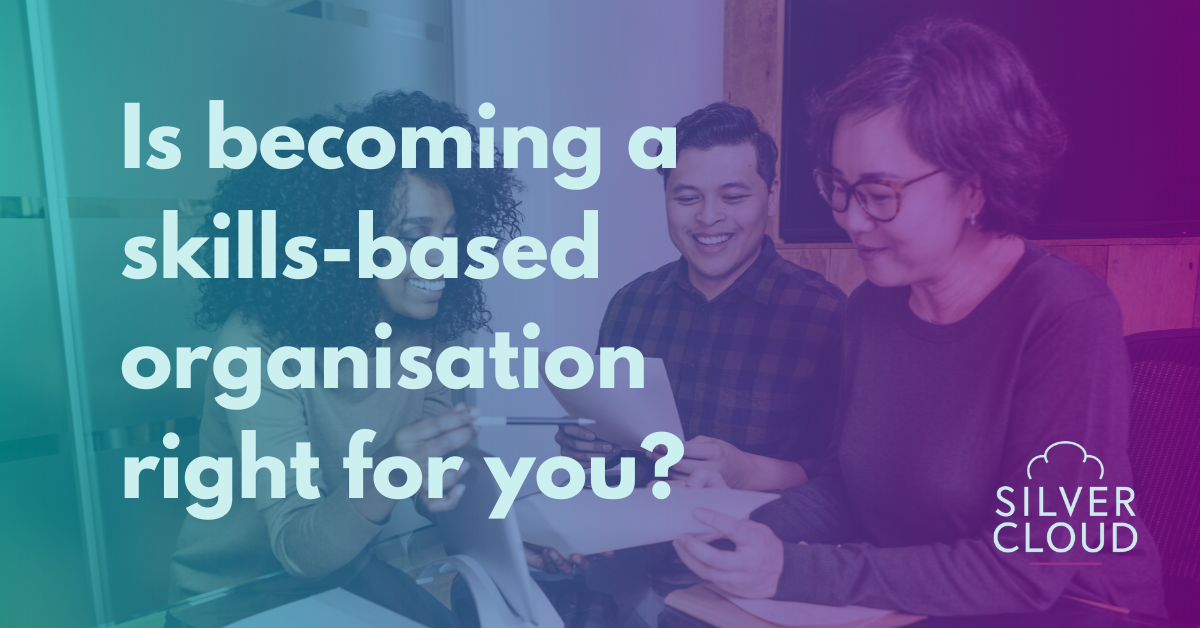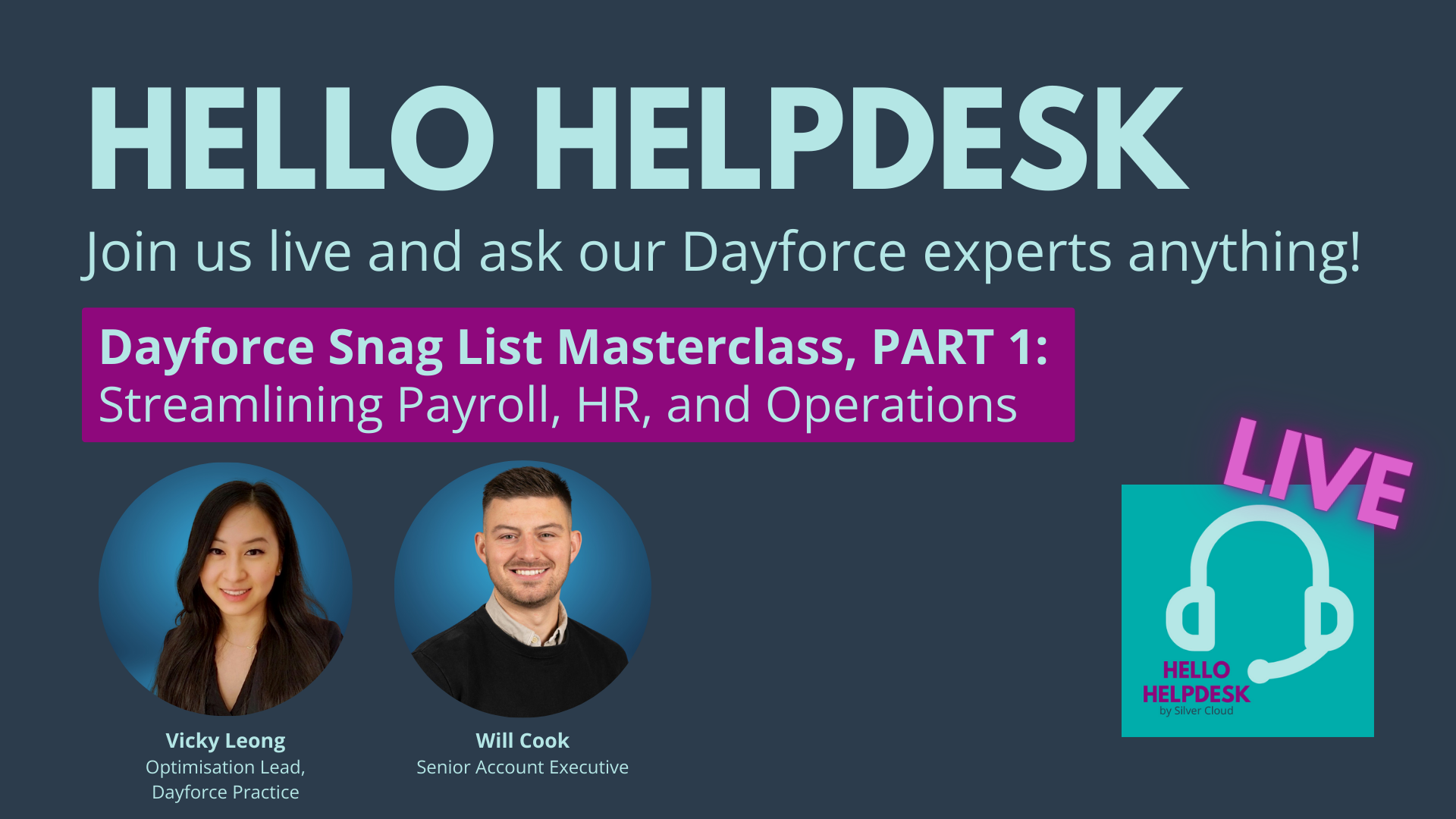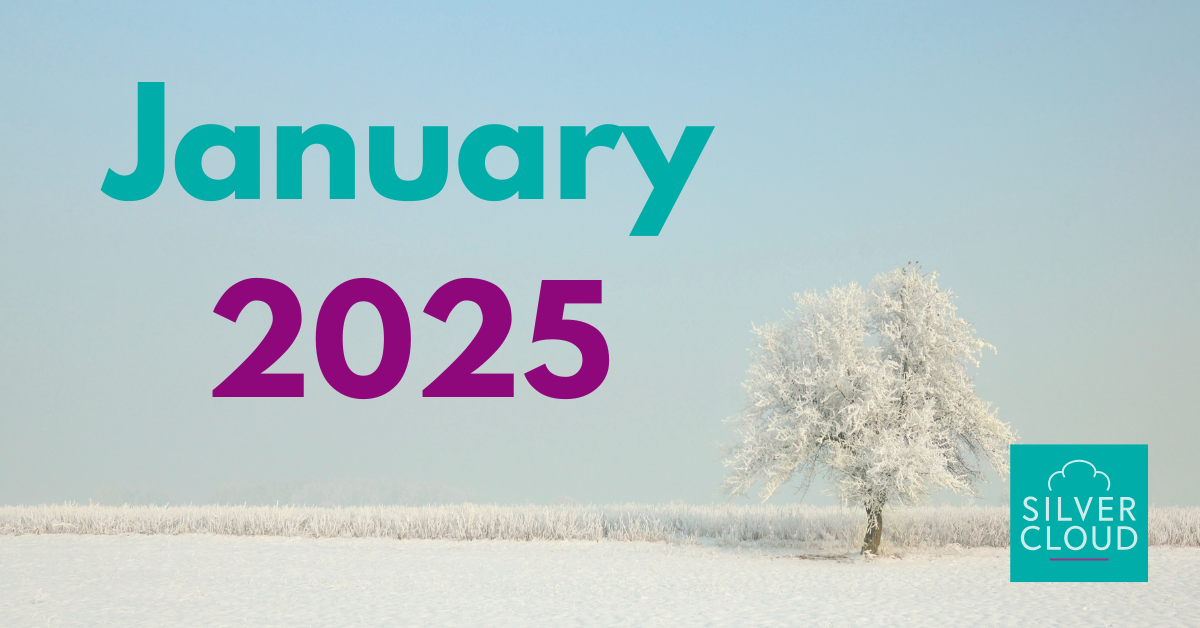Top 5 tips for increasing employee productivity through HR tech
by Silver Cloud

Technology is quite literally transforming the way we live and work. Forward-thinking organisations are now taking advantage of the latest HRIS tools to significantly boost employee engagement, improve employee well being and attract and retain top talent.
But it’s not a space purely reserved for the Fortune 500. Many medium sized businesses are digitising their HR to increase employee productivity.
So, let’s consider the top 5 tips for making sure your chosen HR software delivers.
Digitise your recruitment process
We all know that placing a good candidate in a role that’s not quite the right fit can hamper productivity. Through deep learning systems, you can create a much better candidate search experience by simplifying the application process.
Through powerful HR software platforms such as Oracle and Workday, for example, your organisation can host a private cloud-based talent platform that identifies suitable candidates through advanced algorithms. A personalised acquisition plan and talent pipeline is automatically created based on skills, experience, ratings and work history.
For a growing business, it’s much easier to identify and recruit top talent during peak times, as well as motivate and improve productivity.
HR software can also remove most bias from the recruitment process, which in turn, increases the likelihood of you appointing an employee who will be productive within their role.
We’re not talking about the replacement of HR. Instead these platforms act as a digital HR assistant capable of collating and processing large amounts of data to present the most suitable candidates.
Tailor your HRIS to suit your employee demographic
Every organisation will have its unique employee demographic. In digitising your HR system, your chosen HRIS will need to speak to employees in a variety of ways. Whilst some might still crave human contact, others will much prefer a digital message.
Most of the leading HR & Payroll software providers are now engaged in user-centric design. What this means is that software providers are not just addressing the transaction between payroll and HR. They are taking into account how employees across different generations engage with the software. Every month a vendor announces an overhaul of its user interface, which we all get very excited about here at SilverCloud HR.
With the emergence of the ‘gig economy’ and contract work, you can also make remote workers feel much more engaged. Messaging apps, such as Slack, Microsoft Teams and Flock (to name a few) bring together instant messaging, text messaging, video calls, private forums and screen-sharing into one collaborative app. The collaboration can be a one-to-one, by invite only, or amongst teams and can boost productivity.
Reward staff in real-time
We all know that recognising and rewarding staff is important; but developments in HR tech enables employees to be recognised for their contribution in real-time.
By opting for an internal communications platform that has an inbuilt social stream, such as Slack, employees are able to interact with each other, by liking posts, sharing ideas and commenting on each other’s work. By fostering peer-to-peer praise, it gives managers an insight into staff attainment and team dynamics. It can also help reduce ‘recency bias’ within annual reviews.
Many organisations are now choosing to move away from annual reviews altogether and instead, focus on a much more fluid dialogue with staff that tracks their performance in real-time.
With Performance Enablement, cloud HR software provider, Workday, lets employees know how they are performing and equips them with the information and technology they need to progress. Workday’s Human Capital Management (HCM) can track progress as well as measure how well its people managers are supporting career experiences. The resulting data drives more productive conversations focused on helping individuals pursue their career interests.
Manage employee wellbeing
When we think about technology benefitting the health and well-being of employees, we’re inclined to think about wearable devices. But we’re beginning to see the emergence of AI “chatbot” technology into eHealth and a growing number of workforce health software providers monitoring employee feedback in real-time.
Take Glint, for instance. It uses AI and natural language processing to capture data on employee wellbeing and even offers action plans to guide line managers and HR.
Utilise self-service
With the advent of cloud based HRIS software solutions, self-service HR is more accessible than ever. And it can have a direct impact on employee productivity. It removes many of the frustrating niggles surrounding everyday rules-based tasks and gives the employee more flexibility and control over their work-life balance.
Not only this, by effectively ‘outsourcing’ routine or repetitive tasks, as a HR manager, you’ll certainly spend less time on tasks that could be automated and more time developing employee engagement activities.
You’ll find that by streamlining your own department, other areas of the business will be keener to automate a lot of their functions. Sales teams, for example, could spend more time pursuing new leads rather than processing orders, and lawyers could make use of document sorting software solutions to expedite workflow and document discovery.
By digitising your HR and introducing artificial intelligence, you can make logical decisions at a volume that surpasses human ability and increases the productivity of your employees.



